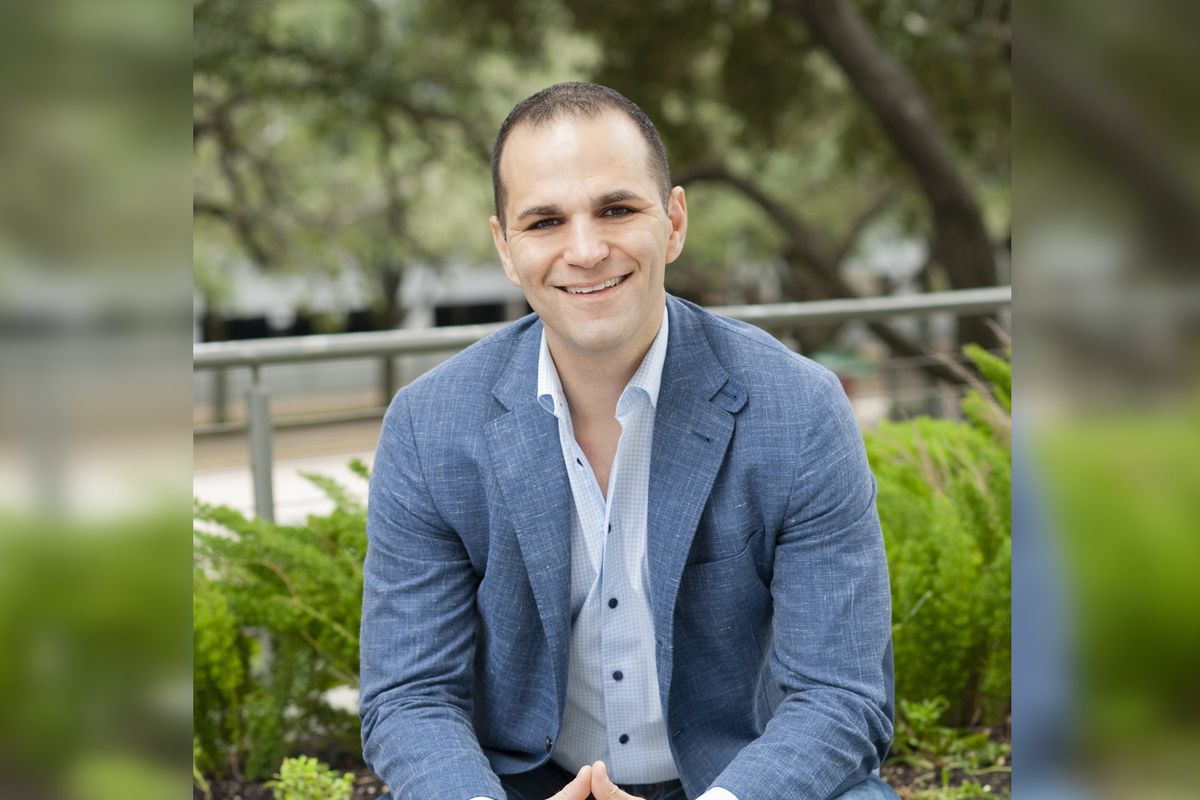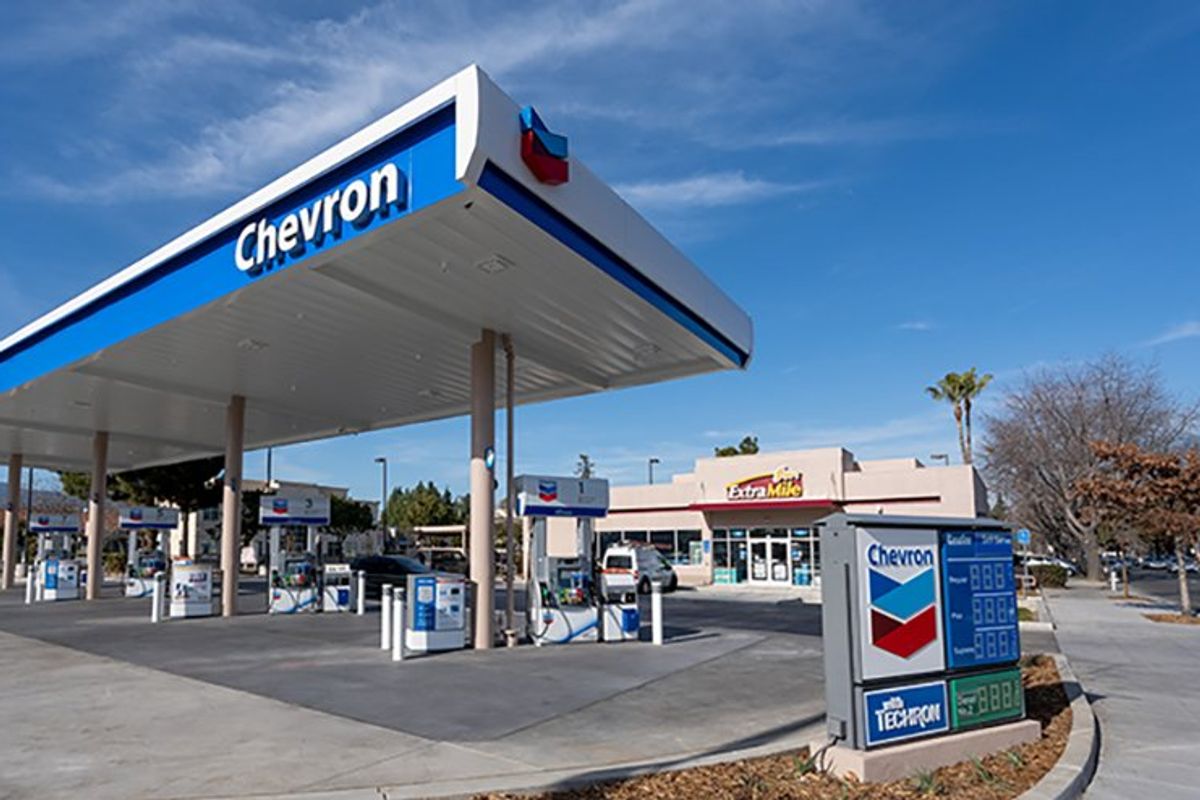When a storm hits the Texas coast during the summer hurricane season, state Sen. Borris Miles knows among the first calls he’ll get is from a constituent letting him know power is down at an independent living complex, shutting off air conditioning for older Texans.
“‘Senator! You got these people here,’“ he said, recalling a plea from a caller when Hurricane Beryl knocked out power to an assisted living facility last summer. “‘What are we going to do?’’’
Miles, D-Houston, is thankful for residents like these. But as the number of storms have increased, so has the frustration for southeast Texas lawmakers who want better solutions.
That’s why Miles and four other coastal lawmakers have filed at least six bills that would require nursing homes, assisted living facilities and even some apartments that market to the 55 and older set, to have emergency generators on site. In Texas, there are 1,193 nursing homes serving more than 86,000 patients and 2,004 assisted living facilities housing 49,574 residents.
Miles’ House Bill 732 would require certain low-income housing for seniors living independently to have backup power. In recent years, Miles has seen more of these facilities being built in Houston. Often living in multistory apartment buildings, residents of this type of housing do not receive care, so little information, including on their health conditions, are collected. But after a storm knocks out power, the vulnerable conditions of these residents surface, as some in wheelchairs and walkers become trapped in elevators that are inoperable, Miles said.
“We need to take care of people,” he said.
SB 481 from state Sen. Carol Alvarado, D-Houston, would require emergency plans at nursing homes and assisted living facilities to include generators. Nursing homes, which as the name suggests, offer more intense medical support to patients compared to assisted living facilities, which are senior apartments that provide meals and some assistance to its residents. HB 1199 by Rep. Christian Manuel, D-Beaumont, calls for emergency generators that have the capacity to run for a minimum of 72 hours in such facilities.
“Texans know firsthand the impact of being without power, particularly in elder care facilities where the stakes are incredibly high,” Manuel said in a statement.
Rep. Suleman Lalani, D-Sugar Land, has filed HB 1467 that would require nursing homes, assisted living and independent housing for seniors to have generators. Another one of his bills, HB 863, would create a shared database of where senior independent living communities are and include each complex’s emergency plan, which is required by the state for assisted living and nursing homes. The database would be accessible to emergency response officials.
“Things happen and then people make noise and then people go quiet,” he said, remarking on past failed attempts to get a generator bill passed. “I think I have a unique opportunity and responsibility being a physician…I cannot go back and say ‘Oh,’ I will let it go.”
History of generator bills and pushback
In this century alone, Texans have seen damage and death from hurricanes Rita in 2005, Ike in 2008, Harvey in 2017 and last July’s Beryl, not to mention more freak storms like Uri’s freeze in 2021 and last year’s wildfires in the Panhandle and a windstorm in the Houston area. All have taken the power down for hours, days and in the case of Beryl, weeks.
Former state Rep. Ed Thompson of Pearland became a champion for senior facility residents following a simple spring storm in 2018 that caused a power outage in his district.
After arriving to check on a nearby senior facility, he was stunned to find an ill-prepared staff. Residents had been in a hot and dark facility for hours. When he asked a worker about the facility’s emergency plan, he was incensed that it relied mostly on calling families to pick up their relatives or for those who had no family, just sending them to the local emergency rooms.
“That lit a fire in me,” he told the Tribune last week.
Calls for generators to be required equipment, particularly at assisted living facilities, are nothing new, but bills in the last two legislative sessions have died, including Thompson’s in 2023. His legislation stalled in committee after facing opposition from the nursing care and assisted living industries, which raised concerns, mostly about generator’ costs, which is estimated to be at least $200,000 or more for a facility.
That’s why this session, Rep. Ana Hernandez, D-Houston, has filed HB 2224 which would require backup power for elevators for 48 hours after a power loss. “A significant reduction in cost,” she said. Past bills that have failed, she said, have focused on keeping the entire facility powered.
“It is inhumane to leave an elderly person abandoned without electricity in temperatures over 100 degrees for days, or even weeks,” Hernandez said. “Not having at least one elevator poses a high safety risk of elderly people being trapped on upper-level floors, prohibiting residents from escaping a fire or seeking medical care.”
It’s not clear whether the smaller price tag on such a requirement will get the buy-in of the influential long-term care industry.
The Texas Health Care Association, now headed by former state Sen. Travis Clardy, represents most of the state’s nursing homes and he says his members already have generators but any blanket requirement for equipment that has to be purchased and maintained, perhaps once every few years, is a costly state mandate.
“I think our membership would prefer to be able to see that channeled into higher quality care,” Clardy said.
Requirements during a storm
When a storm heads for Texas, the state Health and Human Services Commission sends out emergency alerts to providers, putting them on notice that their emergency plans should be ready for use in case of a loss of power. The agency also contacts the facilities directly to check on the health and safety status of residents.
Last year, some 80 long-term care facilities were without power three days after Hurricane Beryl made landfall on July 8. According to the agency, both assisted living facilities and nursing homes are always responsible for the safety of residents including during a storm.
Emergency preparedness plans, which all assisted living and nursing home facilities must have, include a list of contacts workers will call in the event of a power outage and how they will evacuate residents if they need to do so.
Since 1996, state law has required all new nursing homes to have an emergency generator that powers safety features such as emergency lighting and exit signs, fire alarm systems, nurse call systems, telephones and medication and life-saving equipment. Assisted living facilities are not required to have a generator.
That said many assisted living facilities have some type of power back up to keep food or medications refrigerated. But cooling and heating all living areas is not something that has been explicitly required for assisted living facilities or nursing homes.
Since 2016, federal law requires generators in nursing homes in new and replacement nursing homes or for all nursing homes that have indicated in their emergency plans they would rely on emergency power to provide heating and cooling or other critical systems.
However, the agency does not regulate other types of housing such as independent, senior, or congregant living facilities. These entities do not hold a state license and are not required to report any information to the state health agency.
Carmen Tilton, vice president of public policy for the Texas Assisted Living Association said her industry has been a willing collaborative partner with lawmakers on the issue of requiring generators.
After Hurricane Harvey, her organization worked with the state to to hammer out a regulation that requires facilities to keep temperatures inside no colder than 68 degrees and no hotter than 82.
“The state doesn’t say you have to check a box,” she said.
The agency leaves it to industry to determine how they will meet that standard. It could be cooling one room inside a facility with fans and portable generators and bringing residents into that one room or if assisted living facilities wanted to purchase and maintain a larger generator, they can do so without the state determining the size, or how much fuel to keep on hand at all times.
That flexibility is what the assisted living industry wants to keep in place, Tilton said.
“We recognize that everyone’s set-up is a little bit different,” she said. “We’re not fighting these bills. We’re trying to find out how to make them work under our existing regulations.”
AARP Texas, which is advocating for generators in assisted living facilities, wants more clarity in law, not just in the administrative code. The code is too often and too easily changed, said Andrea Earl, an associate state director of advocacy and outreach at AARP Texas.
“There’s no assurances in law that healthy temperatures will be maintained at all times in the residential spaces of Texas’ long-term care facilities,” she said.
Some local governments are not waiting on the legislature to act. Earlier this month, Harris County announced it was incorporating into its fire code a requirement for generators for all nursing homes and assisted living facilities located in unincorporated areas.
There’s already been pushback.
“The new mandate is problematic in many ways and would needlessly require communities to reconfigure existing systems,” said Diana Martinez, the assisted living association’s president and CEO, in a statement. “Generators are not a one-time expenditure nor are they a panacea. Generators do fail.”
___
This story was originally published by The Texas Tribune and distributed through a partnership with The Associated Press.











